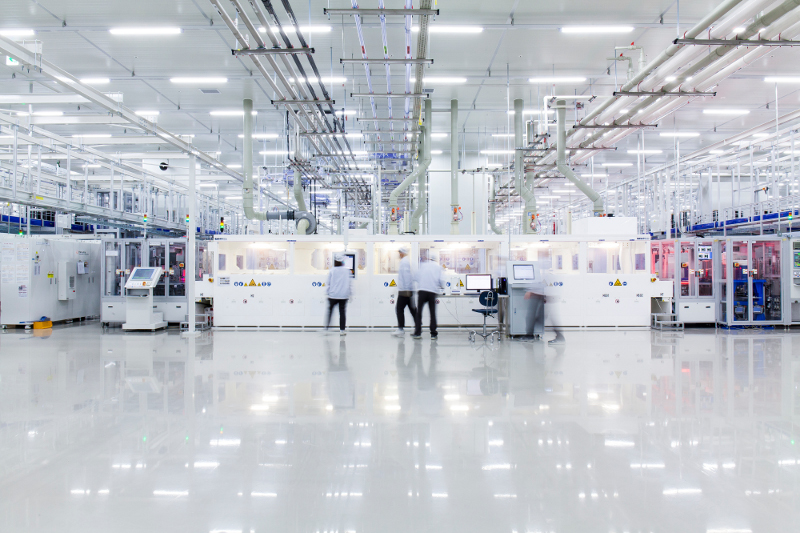Korean solar manufacturer Hanwha Q Cells – a unit of the Hanwha chemical group – will be merged with another unit of the conglomerate, Hanwha Advanced Materials, which includes EVA backsheets for the PV industry among its products.
The transaction, revealed by Korean financial newspaper Pulse, was confirmed to pv magazine by the Hanwha Q Cells press office.
“The proposed merger between Hanwha Advanced Materials and Hanwha Q Cells Korea will enable Hanwha Chemical – which will govern Hanwha Q Cells Korea as its wholly-owned subsidiary – to enhance its long-term strategy of cultivating further solar growth,” the company said.
Hanwha added its Advanced Materials unit will enhance its business portfolio by diversifying into solar, while Q Cells Korea can further benefit from closer alignment with Advanced Materials’ manufacturing network and R&D capability.
“In the mid to long-term, Hanwha will focus on high value-added solar markets such as the US and Europe, and will continue seeking to improve the company’s solar product efficiency while investing in new technology to help drive lower LCOE [levelized cost of electricity],” Hanwha Q Cells said.
The transaction, according to Pulse, will see Hanwha Advanced Materials buy a majority stake in Q Cells from its three main shareholders: Hanwha General Chemical Co, which owns 50.15%; Hanwha Corp, which holds a 20.44% stake; and H-Solution Corp, with its 9.97% holding.
“The solar business will be simplified under one parent to better respond to market needs,” a Hanwha official reportedly told Pulse.
The Hanwha Group unveiled its plan to take Q Cells back into private ownership in early August.
As of the end of June, Q Cells had an annual production capacity of 1.6 GW for ingots and 4.3 GW each for cells and modules. The company confirmed an additional 3.7 GW of annual module capacity from its Hanwha Q Cells Korea Corporation unit, and confirmed another 1.6 GW will be added in Q1 2019 from a planned new factory in the United States.
This content is protected by copyright and may not be reused. If you want to cooperate with us and would like to reuse some of our content, please contact: editors@pv-magazine.com.




1 comment
By submitting this form you agree to pv magazine using your data for the purposes of publishing your comment.
Your personal data will only be disclosed or otherwise transmitted to third parties for the purposes of spam filtering or if this is necessary for technical maintenance of the website. Any other transfer to third parties will not take place unless this is justified on the basis of applicable data protection regulations or if pv magazine is legally obliged to do so.
You may revoke this consent at any time with effect for the future, in which case your personal data will be deleted immediately. Otherwise, your data will be deleted if pv magazine has processed your request or the purpose of data storage is fulfilled.
Further information on data privacy can be found in our Data Protection Policy.